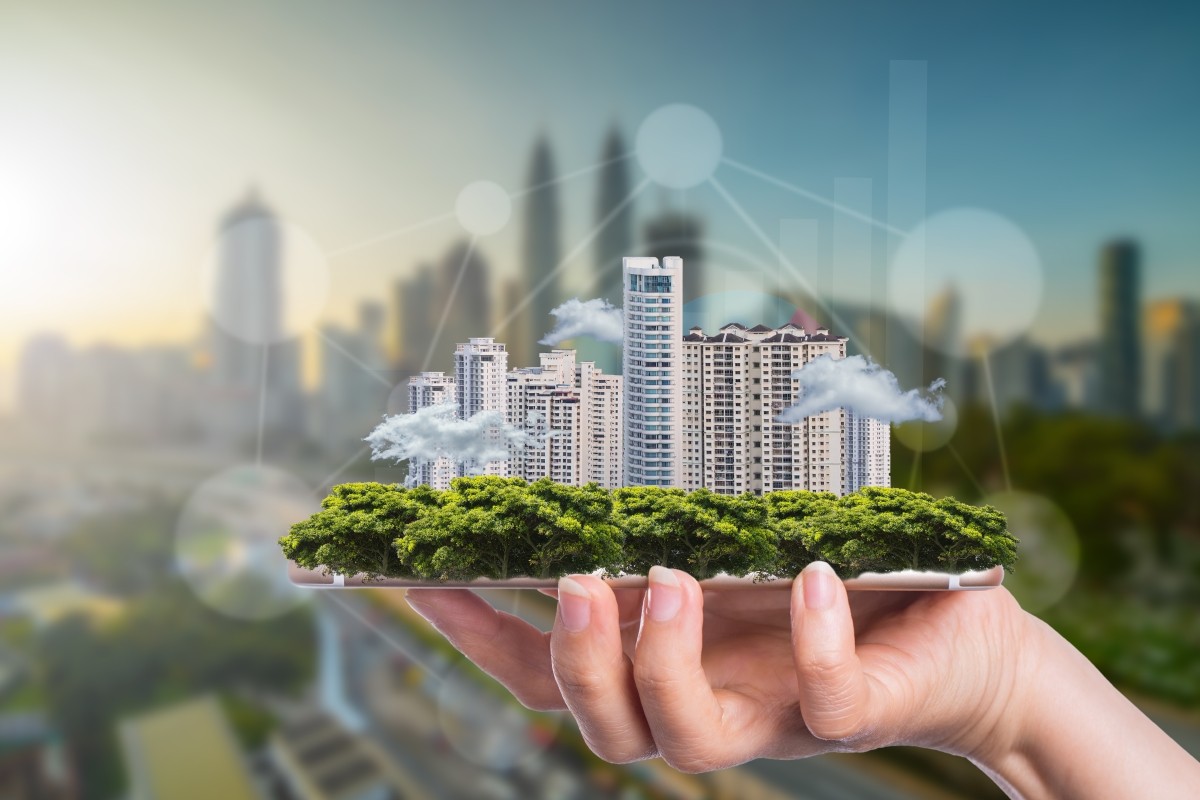Water Digitalization: The New Way Forward for India

Ms. Priyanka Sinha
Global Digital Programs Lead,
DuPont Water Solutions
The water scarcity in India has inspired a plethora of initiatives, implemented by both central and state agencies. However, our goals can only reach fulfillment once we integrate technology into these schemes for the upliftment of water security. Digital solutions can augment water conservation and generate awareness regarding the judicious use of water.
Water Digest (WD): How far has India reached in Water Digitalization?
Priyanka Sinha (PS): India has massive potential and much to gain through digitalization in the water segment. Water as a resource has always been under tremendous stress for us, our demand has always outstripped the supply and that is not something that will change soon. On the other hand, India has made significant strides in digital technology, many homegrown smart solutions have come up which can help to prevent water wastage and enable water usage efficiency.
There have been many notable efforts by government bodies, startups, and established market players in the recent past to push for digitalization in water, however, there is a need to amplify the overall effort. To sum up – we have started the journey, but we have to go a long way to see the bigger impact.
WD: The digitalization of water is fast evolving into an indispensable resource. What will be its major impact on the water utilities in India?
PS: Though India has started making progress towards the same, it needs more momentum. Like the country, we have lofty goals towards establishing 100 smart cities and providing tap connections to every rural household by 2024 under the Jal Jeevan mission. Digitalization can play a key role in managing water consumption and optimization, however, this can only be achieved through opening dialogue between key players working towards a holistic plan with commitment and collaboration. we have a fair understanding of the problems; the time is right to start working on the solutions.
Digital tools like smart metering, leak detection tech, or smart water distribution can make a huge impact on the way water is being managed and consumed. These tools can help us in detecting leaks, theft, and water quality issues in time, changing our response from being reactive to proactive. That alone can make us more efficient and reduce wastage to the tune of 20%. Apart from that digital solutions can also help us in conserving energy, tracking residential water consumption eventually bringing down the cost of service to end-users. At an average of 60%, India has among the highest Non-Revenue Water (NRW), bringing this down is critical to achieving water resiliency and digitalization can directly help there. Another huge benefit will be in terms of analyzing and putting good use of the data we can collect by deploying these tools.
WD: What are the main barriers to adopting digital technology in the water and wastewater sector? How can we overcome them to accelerate full digital integration?
PS: The biggest challenge is the current infrastructure around water and wastewater utility systems which in the first place were not built for the changing stresses of climate change and rapid urbanization, the pandemic has further added to the woe. Updating infrastructure attracts cost and not every demography is comfortable with paying the higher price, water being an essential need of every citizen. However, with evolving tech, the cost is coming down and wider adoption will only further reduce it, making a digital upgrade far more affordable.
Another big challenge is around upgrading the entire existing infrastructure, which in one go is probably not the best solution here. With digital one can always have a strategic, multi-generation plan that allows us to start small, measure the success and expand or amend on the go. Being responsive and agile is the key here.
Another important aspect is modularity, the digital landscape is changing faster than ever, technology is evolving which means when we plan for digital we have to plan for the future, developing tools that can be edited, upgraded, and integrated in the future is the best bet.
WD: What do you think will be the big digital water trends in the next decade?
PS: Going by the early indicators and trends the next decade could be game-changing in the water industry. As challenges keep growing there is a lot of room for out-of-the-box, innovative solutions. Each of the key players – The government, established industry powerhouses and Startups are working in redefining the industry.
There are many technological innovations in works across the world like quality sensors, smart metering, Bio/eco-friendly purification, atmospheric water generation, chemical-free systems, smart distribution, and microbial detectors to name a few.
Smart sensors – Which can create a hydrometric network with water level sensors and flow pressure, and even chemical and microbe detection sensors, with the ability to give real-time information about water quality and usage patterns. This space is already getting attention from many startups, which are working on providing hardware integrated with their own AI-powered, cloud-based platforms which not only collect data but also convert it into meaningful insights, prompting immediate action leading to efficient water management.
Smart metering: Technology research company Media forecasted that the global installed base of smart water meters will increase by 150 percent from 2016 to 2023. The firm added that between 2016 and 2023, water utilities will spend over $576 million on data-based managed services for smart meters. Apart from preventing theft and leakage, smart metering can empower customers with near real-time information on their water consumption through mobile apps, to encourage better water-saving habits and encourage behavioral change towards conserving water.it can be handy in encouraging customers to recycle and reuse water.
Predictive data models: water management is still a manual process, which is slow and inefficient, Digitalization can help alleviate these issues, Digital platforms can enable water utilities to collect vast amounts of data, analyze it and produce meaningful insights for more informed, faster, and better decision-making.
WD: How important is it for any country to have a digital water sector to accelerate development? Can you give examples of countries where it has been successful?
PS: Raising population, climate change and overall stress on the water have pushed many countries to adopt digital technologies to manage water, a good example could be Singapore’s digitalization efforts which have made it an internationally acclaimed city for integrated water management, their digital roadmap has four major areas: smarter water quality management with AI and automation, key network improvements with predictive intelligence, integrated customer engagement with water usage data, and smarter work redesign with automation and robotics. Singapore is already reaping the benefits of putting the digital-first approach in water management, as their daily planning time has come down from 2 hours to 15 minutes with a cut in energy usage in the process as well.
Another notable example is the city of Lyon, France, which has seen significant benefits since implementing over 400,000 smart-based sensors which Since deployment identified over 1,200 water leaks – allowing for quick repairs. Due to the improved performance, around one million cubic meters of water are saved annually. Additionally, Lyon has seen an eight percent increase in water network efficiency from 77 percent in 2015, to 85.2 percent in 2019. One can find many such examples across the world as digital tech is catching up with industry applications.
WD: Any message for the readers of Water Digest?
PS: I extend my best wishes to everyone and hope that they stay safe and healthy during these tough times. Water digest is bringing a wealth of information to all the stakeholders, and I would love to see the readers not only reading through them but also connecting with the right people which can help in the growth of this interesting and expanding industry.
“Digital platforms can enable water utilities to collect vast amounts of data, analyze it and produce meaningful insights for more informed, faster, and better decision-making.”




